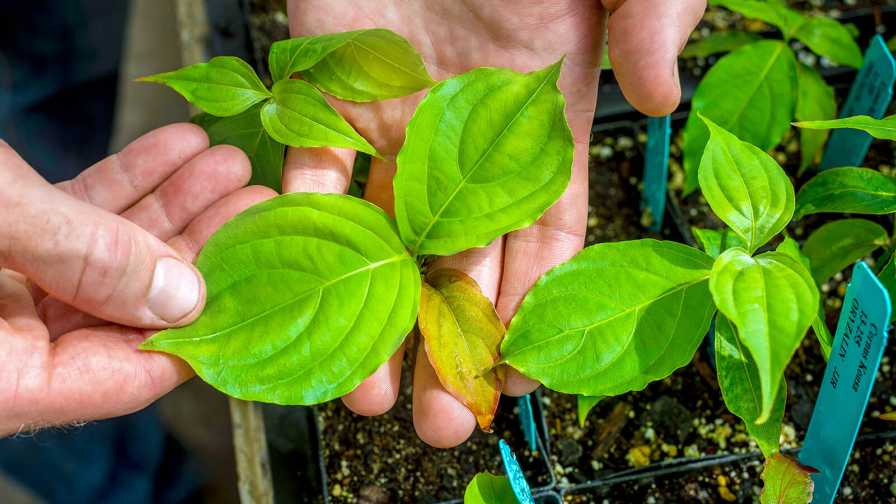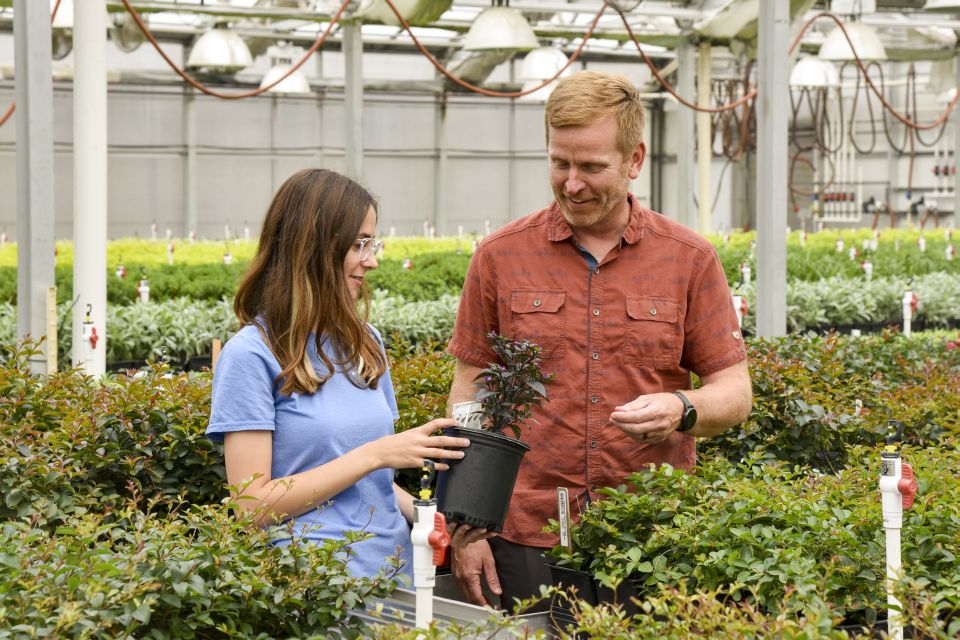Facts About Major Greenhouse Pests
A Kansas State University entomologist has published a series of fact sheets on management of major insect pests in greenhouses and nurseries.
Written by Raymond Cloyd, a specialist in ornamental entomology and integrated pest management, these two- to eight-page publications cover biology and damage, scouting, cultural and physical management, insecticidal and biological control of common pests. They also provide insight into the importance of dealing with pests holistically instead of solely relying on insecticides.
Fungus Gnats
Major insect pests in greenhouses and nurseries, they are one of the few insect pests in which the damaging life stage, the larva in this case, is located within the growing medium. (MF-2937)
Broad and Cyclamen Mites
These mites feed on plants in more than 60 plant families, including houseplants, flowers, strawberries and vegetables. (MF-2938)
Bulb Mites
Bulb mites feed on plants in the lily family, such as amaryllis, crocus, freesia, gladiolus, hyacinth, lily, narcissus, and tulip. They are secondary pests of decaying plant matter caused by fungus gnat larvae or soilborne fungal pathogens. (MF-2939)
Western Flower Thrips: Management on Greenhouse-Grown Crops
One of the most destructive insect pests of greenhouse-grown crops, Frankliniella occidentalis feeds on a wide-variety of horticultural crops. (MF2922)
Integrated Pest Management in Greenhouses and Herbaceous Nurseries
Integrated Pest Management (IPM) practices emphasize routine inspection, scouting and monitoring, and the use of pest control materials only when arthropod pest populations are capable of causing significant damage. When pest control is necessary, IPM favors using beneficial insects and mites and products that are less harmful to the environment. This publication helps greenhouse and nursery managers select pest control alternatives compatible with this approach. It includes a list of insecticides and miticides registered for use on ornamental plants and/or greenhouse grown vegetables. (MF-2892)
Resistance Management: Resistance, Mode of Action and Pesticide Rotation
Resistance management is a strategy designed to preserve or sustain pesticide effectiveness. This fact sheet focuses on resistance management of plant-feeding arthropods. It describes resistance mechanisms with tips on effective resistance management strategies that involve rotation of common active ingredients. (MF-2905)
To view or order, go to K-State Research and Extension Bookstore/Library. Search by title or the publication number in parentheses at the end of the descriptions above.










